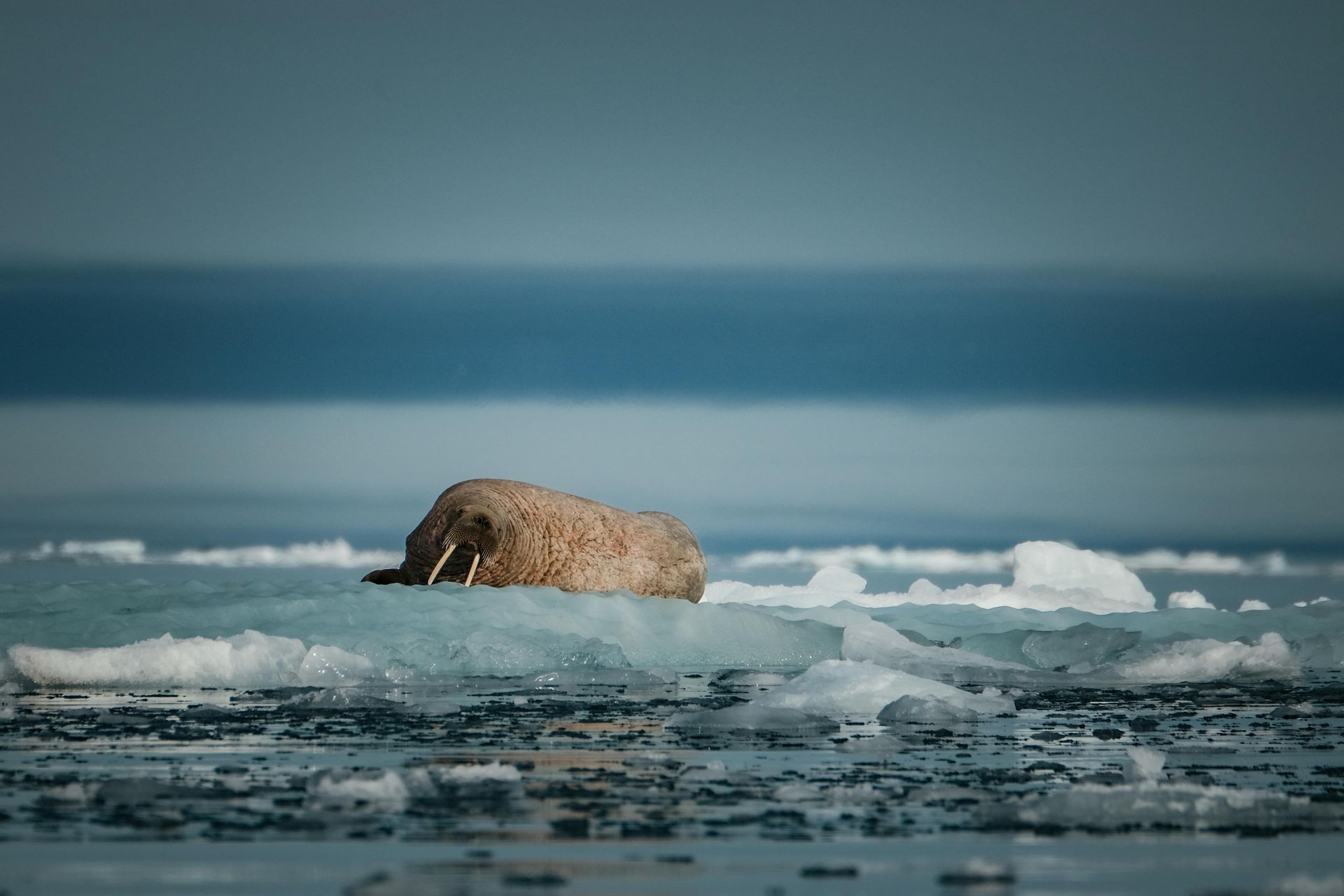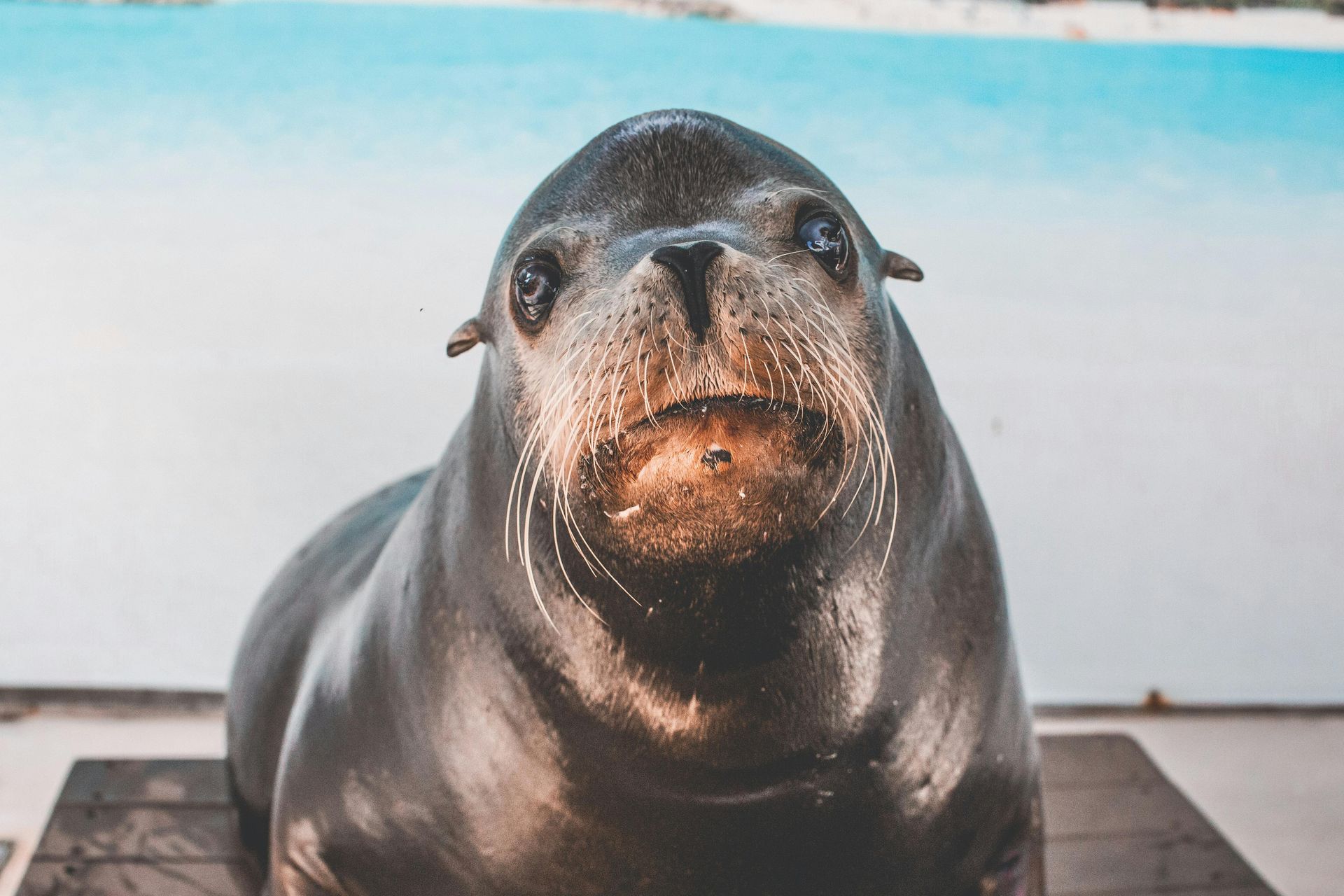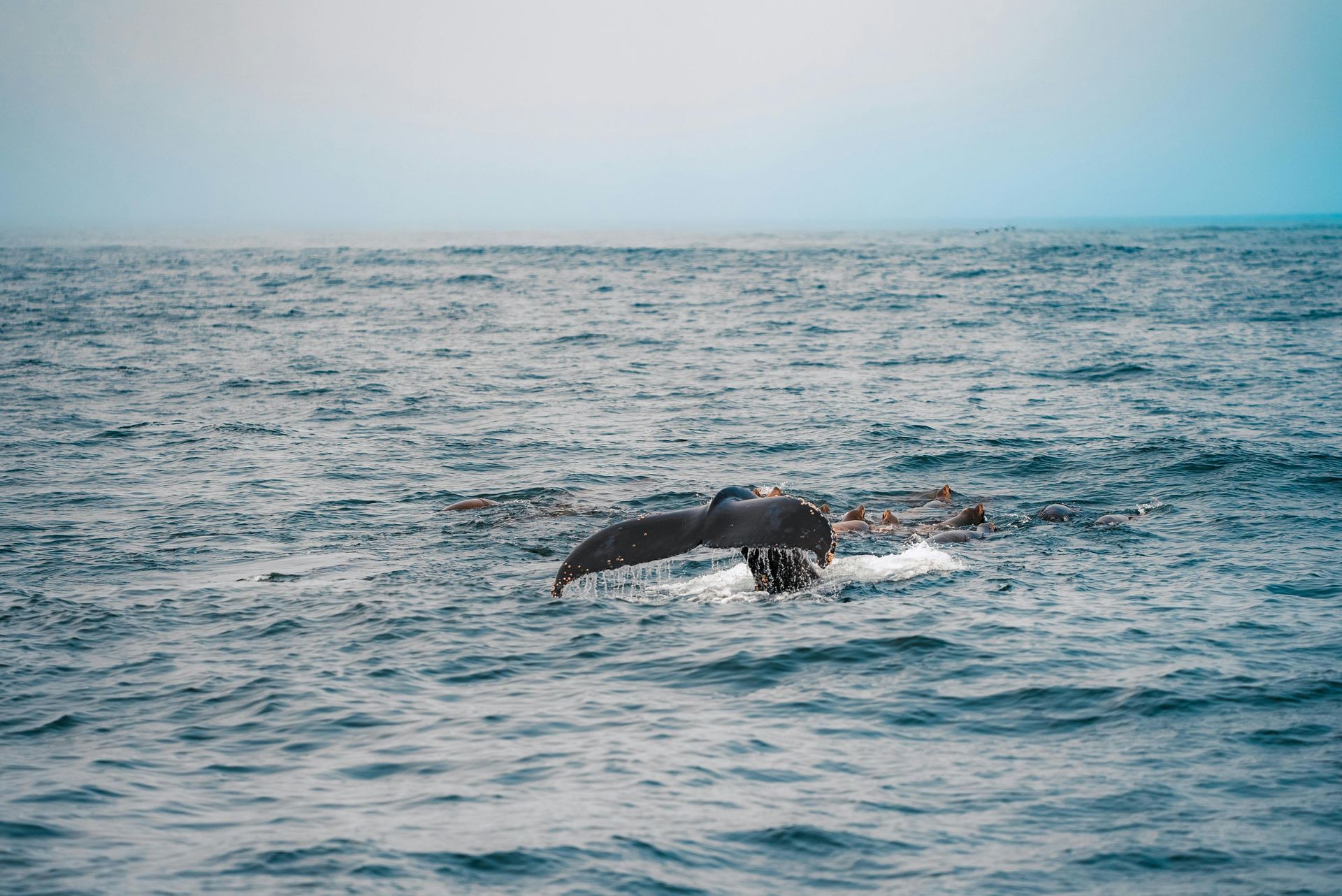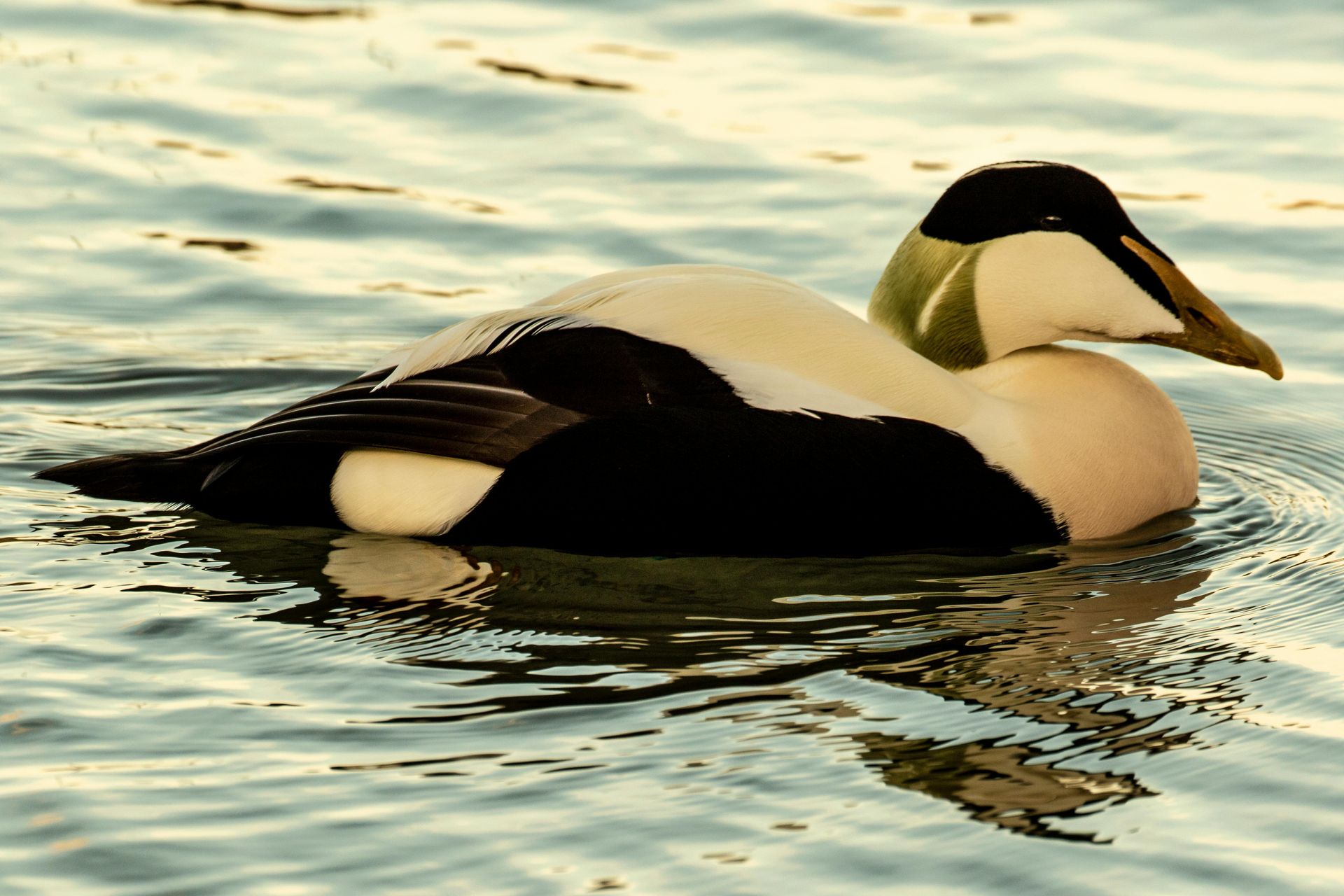Svalbard: Echoes of Exploration in April
Svalbard: Echoes of Exploration in April
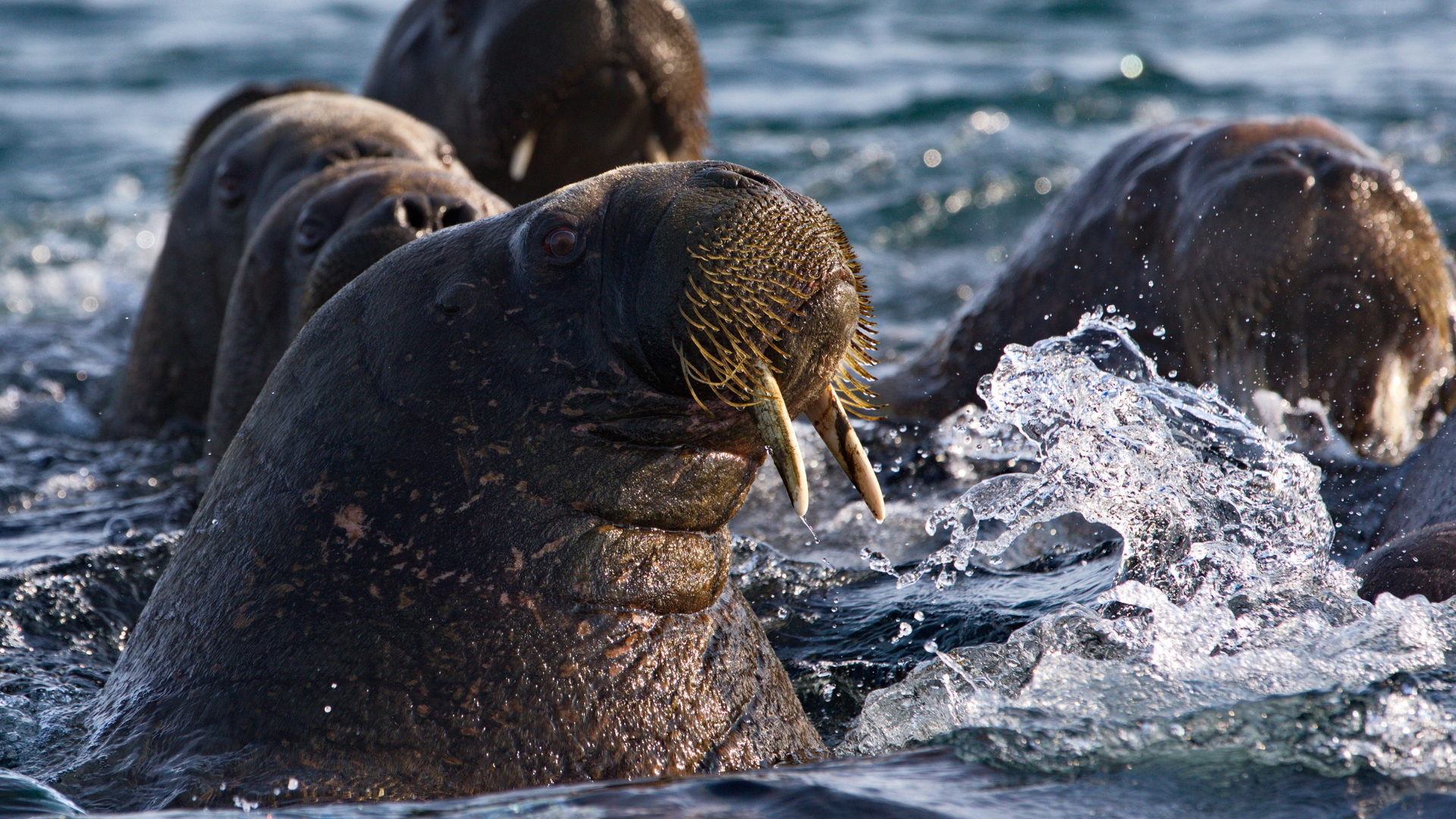
As the Arctic begins to thaw in April, Svalbard reveals the layers of its storied past. The archipelago, discovered by Dutch explorer Willem Barentsz in 1596, has been a focal point for human curiosity and ambition ever since. The early whalers and trappers who braved the frigid waters and harsh climate left behind relics that tell tales of resilience and determination. Whaling stations, such as Smeerenburg, were bustling hubs of activity in the 17th century. The hunt for whale oil, a precious commodity for lighting and lubrication, drove these pioneers to the icy edges of the known world, laying the groundwork for Svalbard's role in global economic history.
April's increasing daylight illuminates the remnants of these early endeavors. The abandoned settlements and whalebone graves stand as silent monuments to the men who once called this place home. These pioneers faced unimaginable challenges, battling the elements and isolation to harvest the riches of the sea. The bones of whales scattered along the beaches are not just remnants of a bygone industry but symbols of the lengths to which humans will go in their quest for resources. The legacy of these early whalers is etched into the very landscape of Svalbard, a testament to their indomitable spirit.
The turn of the 20th century saw a new chapter in Svalbard's history with the rise of coal mining. Longyearbyen, founded by American entrepreneur John Munroe Longyear in 1906, became the epicenter of this burgeoning industry. The town's development was driven by the rich coal seams that lay beneath the permafrost. Miners from around the world flocked to Svalbard, enduring harsh conditions to extract this valuable resource. April's thaw reveals the skeletal remains of mining infrastructure, a stark reminder of the toil and sacrifice that defined this era. The echoes of pickaxes and the rumble of mine carts can still be felt in the silent valleys.
Scientific exploration has always been a cornerstone of Svalbard's identity. The archipelago's remote location and extreme conditions make it an ideal natural laboratory. The Svalbard Treaty of 1920, which granted Norway sovereignty while allowing other nations to conduct research, cemented this role. April's milder weather and extended daylight hours provide optimal conditions for scientific studies. Researchers from various disciplines converge on Svalbard to investigate climate change, glaciology, and unique Arctic ecosystems. The data gathered here not only advances our understanding of the natural world but also informs global policies on environmental conservation.
April also brings to mind the resilience of those who have lived and worked in Svalbard's extreme conditions. The history of trapping, which reached its zenith in the 19th and early 20th centuries, is filled with stories of individuals who endured isolation and hardship. Their cabins, scattered across the archipelago, stand as enduring symbols of human tenacity. These trappers, often spending months alone in the wilderness, relied on their wits and resourcefulness to survive. Their legacy is preserved in the cultural heritage sites that dot the landscape.
The Second World War brought conflict to Svalbard's icy shores. In 1943, the archipelago became a battleground as German forces sought to disrupt Allied supply lines and weather stations. Operation Zitronella, a German raid on the settlements of Longyearbyen and Barentsburg, left a lasting impact. The scars of war, both physical and psychological, are part of Svalbard's complex history. April's quietude is a stark contrast to the tumultuous events that once unfolded here, reminding us of the resilience of those who endured.
Modern Svalbard is a blend of past and present, where history and contemporary life coexist in a delicate balance. The Svalbard Global Seed Vault, established in 2008, is a symbol of this fusion. Located near Longyearbyen, it serves as a global repository for the world's crop diversity, safeguarding against the loss of seeds in the event of a global catastrophe. April's cold and darkness ensure the vault remains a secure and stable environment, reflecting humanity's foresight in preserving its agricultural heritage.
Tourism, increasingly significant to Svalbard's economy, offers visitors a chance to experience its historical and natural wonders. April's unique light conditions, with the sun's gradual return, create a magical atmosphere. Guided tours to historical sites, such as the Russian mining town of Pyramiden, provide a glimpse into the past. The juxtaposition of decaying Soviet-era architecture against the pristine Arctic landscape offers a striking visual narrative, capturing the essence of Svalbard's history.





